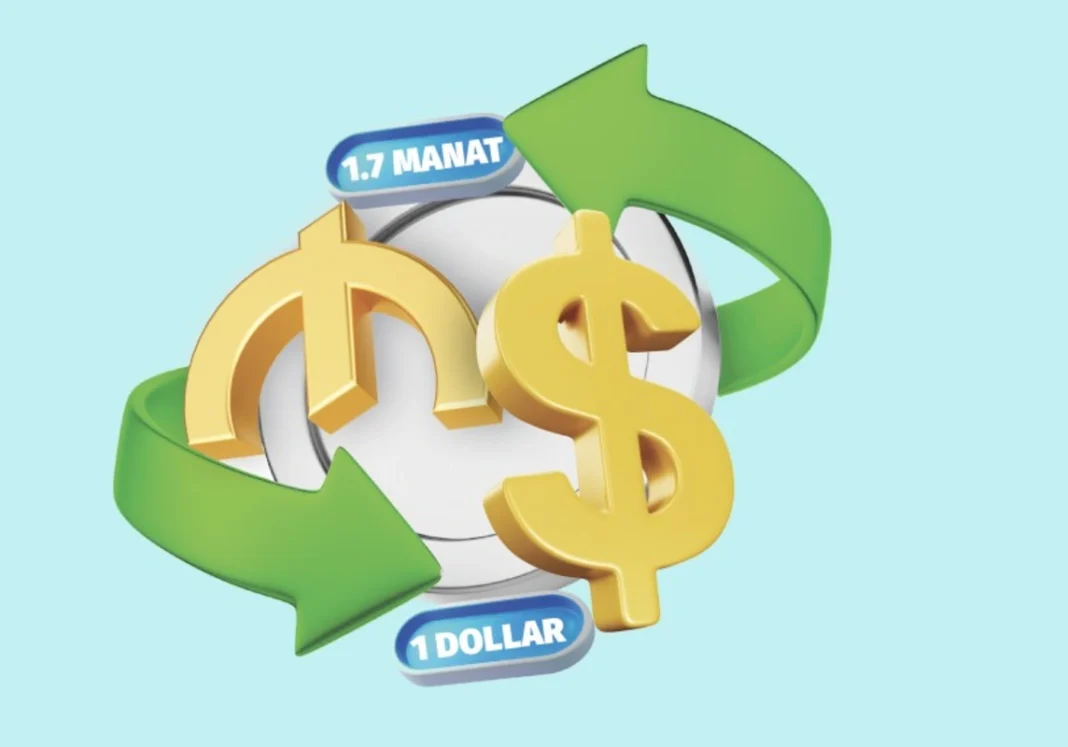Azerbaijan’s national currency is expected to maintain its de facto peg to the U.S. dollar at 1.7 AZN through at least the end of 2030, according to a new forecast by Fitch Ratings. While this long-standing policy ensures stability for consumers and investors, economists warn it may mask deeper structural risks for the economy.
Since 2017, the Central Bank of Azerbaijan has maintained the fixed rate to curb inflation and stabilize macroeconomic indicators. The policy has helped tame currency volatility, giving households and businesses a predictable environment. With inflation under control and dollar-denominated debt risks minimized, the country’s financial sector has enjoyed relative calm.
But beneath this surface-level stability, challenges loom.
“Artificially holding the manat steady can make Azerbaijani exports less competitive abroad,” says economist Famil Niftiyev. “Over time, this could suppress the development of the non-oil economy and drive dependence on cheaper, lower-quality imports.”
He warns that a prolonged peg limits incentives for local production and innovation. Meanwhile, defending the rate through regular interventions on the currency market drains reserves from the State Oil Fund and the Central Bank. Should oil prices slump or capital inflows weaken, the peg could quickly come under pressure, potentially forcing a sudden devaluation.
Niftiyev also notes that speculative opportunities in currency trading shrink under a fixed regime. While banks benefit from lower risk when issuing loans, this stability can also stifle innovation in financial products and delay structural reforms.
The Central Bank currently maintains the peg through a mix of foreign exchange auctions, monetary policy tools, and capital flow controls. Currency auctions, where the Oil Fund regularly injects dollars into the market, have kept the manat’s value stable despite global economic shocks.
A Double-Edged Sword
Ruslan Atakishiyev, head of the Economic Resources Research Center, argues that in Azerbaijan’s current economic climate, a fixed exchange rate fosters confidence and draws both domestic and foreign investment. He notes that while many regional economies have shifted to floating exchange rate regimes, Azerbaijan’s population remains psychologically unprepared for sharp currency swings.
“Floating rates can trigger inflationary spikes and market panic,” Atakishiyev says. “Stability strengthens public trust and encourages saving, but over the long term, maintaining the peg becomes increasingly costly.”
He adds that any sustained peg requires continuous policy intervention by the Central Bank, which becomes more burdensome as market forces shift.
What’s at Stake
For now, the Fitch outlook affirms that Azerbaijan’s oil-backed reserves remain strong enough to support the peg. But the stability comes with a caveat: it’s largely reliant on continued high energy revenues. Economists agree that unless Azerbaijan diversifies its export base and strengthens its non-oil sectors, the manat’s stability may turn into a liability rather than an asset.
In a world of volatile commodity prices and global uncertainty, rigid currency policies offer short-term calm—but long-term resilience will depend on reform, adaptability, and economic diversification.










